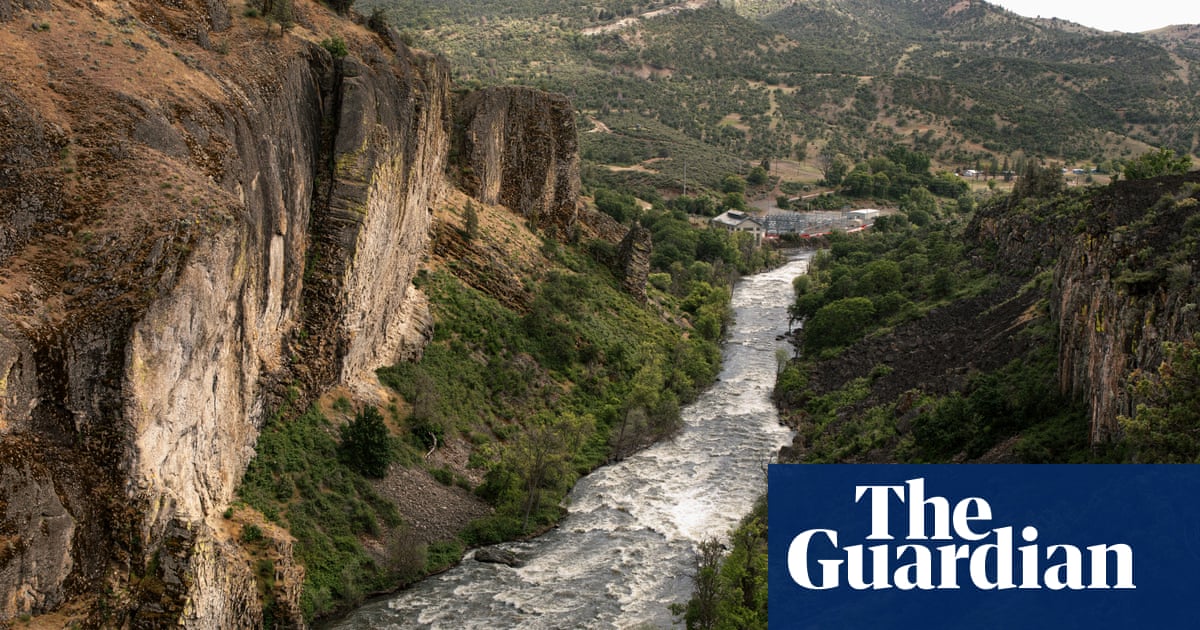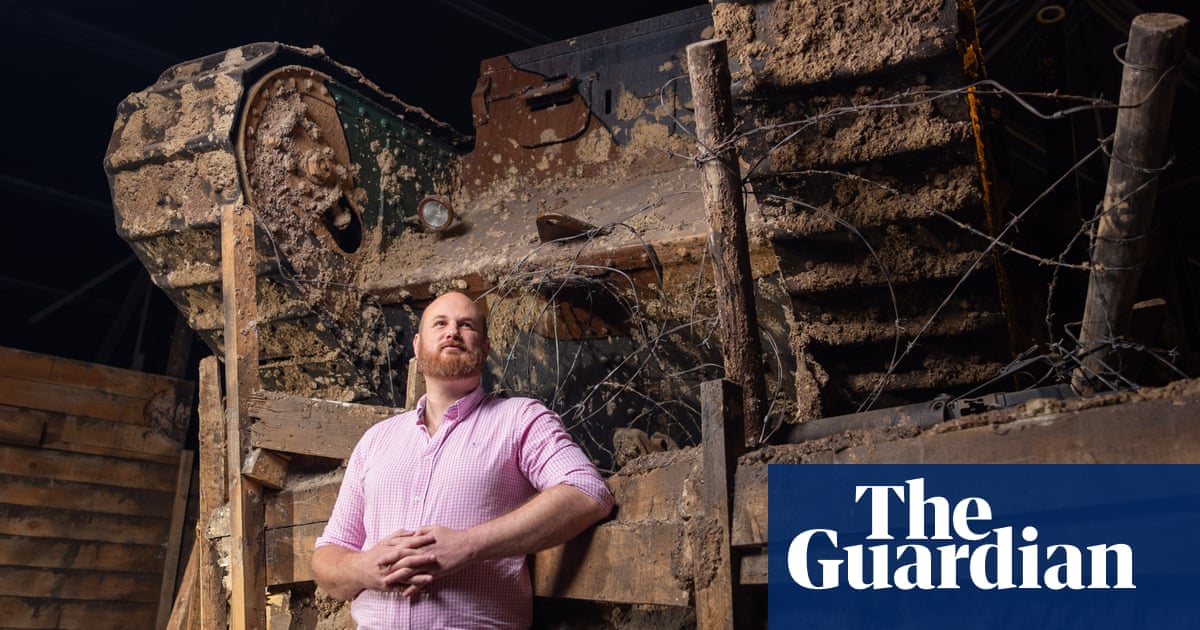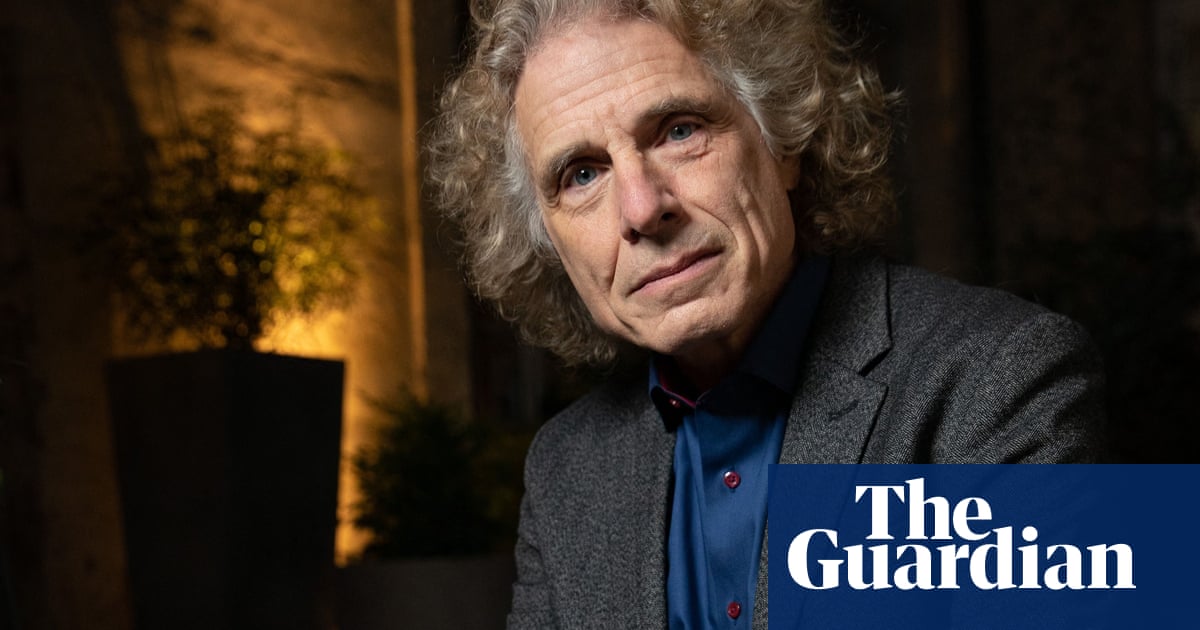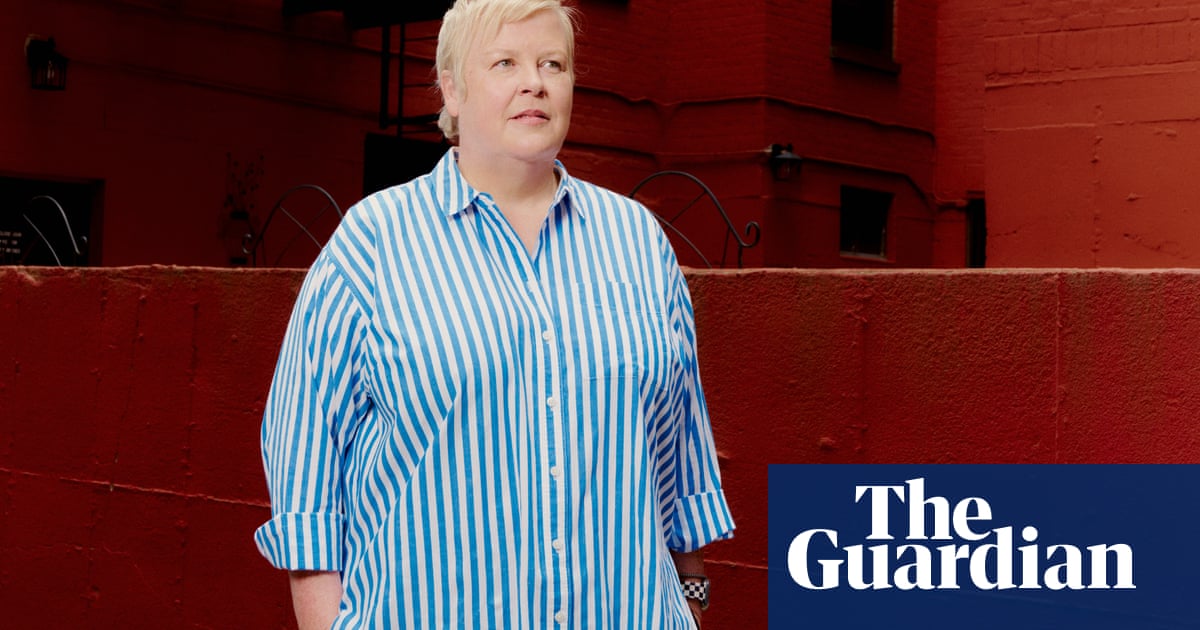The winner of the inaugural Rose International prize was announced on Saturday night. The new biennial competition with a £40,000 bounty for the victor is initially guaranteed to run for 10 editions, by which time it hopes to be on a par with the Booker or Turner prizes, boosting dance’s profile accordingly. It was Greek choreographer Christos Papadopoulos who took home the honour (and a cool Es Devlin-designed trophy) for his piece Larsen C, chosen by an eclectic judging panel, with Christopher Bannerman and Arlene Phillips from the dance world, musician PJ Harvey and poet Karthika Naïr. (There was also £15,000 awarded to an early-career choreographer in the Bloom prize, won by Stav Struz Boutrous.)
Papadopoulos is pretty much unknown in the UK, but a darling of the Greek dance scene who’s toured widely in Europe. Larsen C may have been the most divisive piece in the contest. The title refers to an Antarctic ice shelf, and the dance does indeed move at glacial pace, with small, repetitive movements that drove some viewers to distraction (it’s rare to hear a “boo” in a polite dance theatre). It was inspired, the choreographer has said, by how your perception of something can completely alter when the smallest element is changed. There’s an element of illusion that can’t help call to mind Papadopoulos’s compatriot Dimitris Papaioannou, as bodies disappear into the blackness of the stage and flashes of flesh appear, looking like truncated arms or extra limbs – the dancers’ feet in shadow making them seem as if they’re gliding soundlessly. There’s beautiful movement here, boneless limbs like drifting tentacles, as mysterious as the creatures in the depths of the Mariana Trench.

As the music grows from fuzzy white noise to insistent rhythm, rumbling subwoofer to thick drone, the dancers gather into a moving mass with the repetition inviting a sort of trance state. It grows towards a coup de theatre made of copious haze and a piercing light – when a hand penetrates its beam it looks like an arm from the heavens coming to grab a lost soul, a divine intervention perhaps. It’s an impressive effect. But after that the piece doesn’t know what to do with itself and loses its way.

The three other works on the strong shortlist, presented across two weeks at Sadler’s Wells, were American choreographer Kyle Abraham’s An Untitled Love, previously seen in the UK at Edinburgh International festival, Carcaça by Portuguese choreographer Marco da Silva Ferreira and Brazilian Lia Rodrigues’s Encantado. Trying to judge art may seem a futile exercise to some, but it’s an intriguing snapshot of dance right now. The pieces on show aren’t attached to traditional formal techniques and structures, more driven by vibes or viscerality. Three of the works, Larsen C, Carcaça and Encantado are built on long slow crescendos; An Untitled Love, set to the music of D’Angelo, is episodic in nature, as if dropping into lives that are already in full swing. Abraham’s genius is in smooshing together different dance styles – classical, contemporary, social and street – with laid-back ease, presenting a picture of extended family life with dance at its heart.
Da Silva Ferreira is also concerned with dance as a social activity, drawing on club, street and folk in a distinctive but unpindownable language. It is part sexy, part military, part silly, strictly rhythmic, not in phrases of steps strung together but cells or riffs, one thing repeated many times, then moving on to the next. It’s very 2020s with its mildly intimidating, androgynous cast, the catwalk and duck walks taken from club culture, but it’s also deeply primal, building to hypnotic effect, which may daze, energise or enervate, depending on the viewer (personally, this could be my favourite piece of the four). It then takes an unexpected swerve into politics, calling out the bourgeoisie in forceful voice, turning this into the people’s dance, harnessing the power of bodies coming together, in escape, in ecstasy and in protest.

Lia Rodrigues has long acted on her politics, Encantado was created in the favelas of Rio in the midst of the pandemic. The veteran of this group, at 68, is also the most avant garde. Confident enough in her practice to, for example, start her piece with an empty, silent stage, and to keep that silence for a length of time that some in the audience clearly found uncomfortable (the sound of stifled giggles and shifting in seats). Then have her dancers walk on naked and burrow underneath huge sheets of fabric laid across the stage, mountainous lumps covered in loudly clashing colours, florals and animal prints. But when the dancers slowly start to move, and drape and twist and tie those fabrics around their bodies, they are transformed into innumerable vibrant characters, turbans and robes make gurus and kings, young ladies sunning themselves at the beach or old ones gossiping at the market, animals and raggy monsters; all of life suddenly, vividly appearing out of nothing. Rodrigues became a grandmother during the making of the piece, and here is the magic of life materialising, with joy and effervescence. An ode to the infinite possibilities of some bodies and a stage.

 3 months ago
79
3 months ago
79

















































